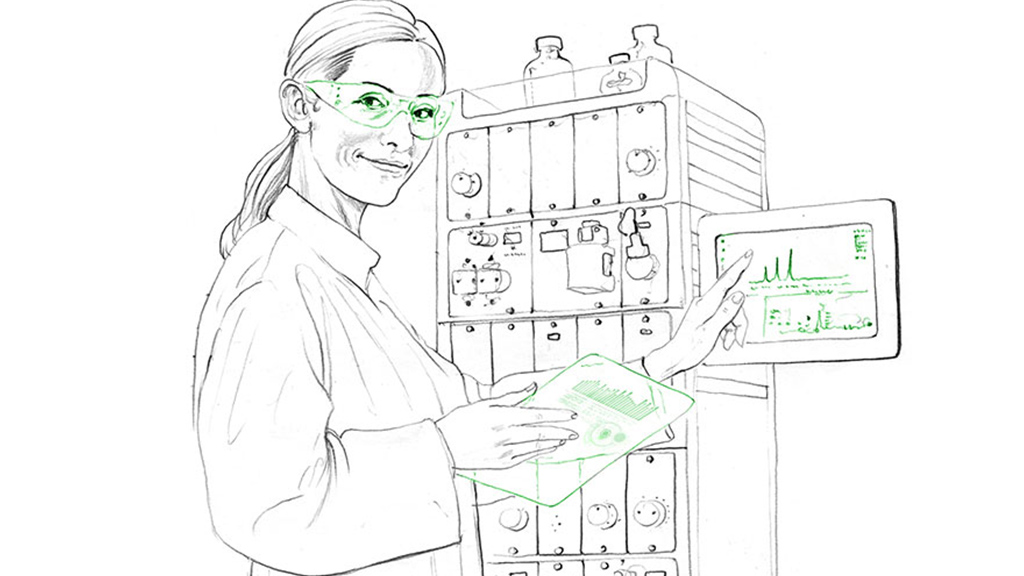From simple proteins to complex multi-specifics, our methods evolve with you.
In the dynamic landscape of antibody research and therapeutics, having a diverse array of purification methods is essential. At Evitria AG, we recognize the need for flexibility to meet various project requirements. Let’s delve into our updated purification services:
Protein A Affinity Chromatography: Our gold standard method efficiently captures antibodies via their Fc regions, ensuring high purity (typically >95%) and yields. Protein A can be cleaned and regenerated thousands of times, ensuring production costs and wastes are minimised.
However, we understand that different antibodies may have varying affinities for Protein A. To address this, we offer alternative resins:
Subscribe to our Newsletter
Get all the latest updates, and learn about our advancements in antibody production.
Subscribe now
Protein G: Suitable for capturing a broad range of antibody subclasses, Protein G can be used in instances where protein A does not bind, for instance with rat IgG2b productions.
Protein L: Specifically binds to the variable domain of kappa light chain of antibodies, another alternative when Protein A cannot be used.
For even more versatility, we also have an extensive range of specialized columns
Anti-CH1 Purification: Target the CH1 domain specifically for efficient purification of Fab domains and related formats.
KappaSelect and LambdaSelect Columns: Selectively capture either kappa or lambda light chains, streamlining purification.
IgM-Specific Purification: Tailored methods for IgM antibodies, addressing their unique properties.
IMAC (Immobilized Metal Affinity Chromatography): Ideal for purifying His-tagged proteins, IMAC yields high-quality results.

After an efficient and high-yielding capture step has been performed, polishing may be required to remove aggregates, multimers, and other impurities. Here we use two methods:
Size Exclusion Chromatography (SEC), also known as gel filtration, is a powerful technique for separating biomolecules based on their hydrodynamic size. Here’s how it works:
Principle: SEC separates molecules by differences in size as they pass through a resin packed in a column. Unlike other chromatography techniques, such as ion exchange or affinity chromatography, SEC does not involve specific binding interactions. Instead, it relies on the exclusion of molecules from porous beads based on their size.
Matrix: SEC resins consist of spherical particles (beads) with a porous structure. Larger molecules cannot diffuse into the beads and elute first, while molecules of intermediate size penetrate the pores to varying degrees. Smaller molecules that can enter the total pore volume elute last.
Fractionation Ranges: SEC resins are designed with specific fractionation ranges, allowing separation of peptides, small biomolecules, or large proteins (e.g., antibodies). The exclusion limit defines the size of molecules excluded from the pores and eluting in the void volume.
Ion Exchange Chromatography is another workhorse in our purification arsenal. Here are the key principles:
Principle: IEX separates compounds based on their net charge. The stationary phase contains charged functional groups covalently bound to a solid support, creating either a cation or anion exchanger. Charged analytes are adsorbed by the opposite-charged exchanger, while neutral or similarly charged compounds pass through. Careful design and control of the pH and salt concentration allows for selective binding and elution of molecules.
Reversible Binding: The binding of charged compounds is reversible, allowing elution with a salt or pH gradient. IEX is versatile for various applications, such as bispecific antibodies
Media Selection: We offer a range of IEX media based on factors like the isoelectric point (pI) of the compounds and the ionic form, porosity, and particle size of the media.
Ready to optimize your antibody production? Contact our experts today! Whether you need custom antibodies, afucosylated variants, or Fc-silenced antibodies, evitria has you covered.